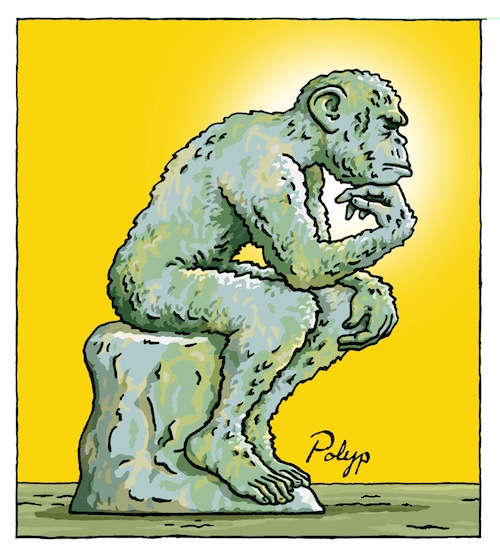Last week, while reviewing HEFN’s long list of events we’re co-organizing with other funder groups, I remembered a HEFN member’s comment on receiving multiple invitations to cosponsored funder calls.
“On one hand, it’s good that funder groups are collaborating,” he said, “But it makes me wonder, why I need to support so many groups if they’re all doing the same work?” I’ve heard other funders flag similar questions about whether it’s worth paying dues to multiple affinity groups or regional associations, particularly as our inter-group collaboration increases.
A good response to these reasonable questions usually happens in a conversation about specifics, not in a blog post. But here I can at least share reflections on HEFN’s efforts to balance internally-focused work with considerable collaboration with other funder groups.
HEFN, like most nonprofits, has strong incentives to work solo. As a member-based group we feel obligated to serve HEFN’s members…and pressure to deliver value for their membership, like by offering services and information just for dues-paying participants.
We want HEFN to grow. Conventional nonprofit wisdom suggests one then should distinguish the organization by staking out areas in which your organization can demonstrate impact and claim credit.
And our members, like most people, seem to gravitate towards smallish, bounded groups. The HEFN staff have noticed that funder discussions tend to be more most candid and productive in small circles with established relationships. Many times over the last fifteen years I’ve seen philanthropic groups emerge, expand, then subdivide or dissolve.
Maybe this just reflects human hard-wiring, like the social brain hypothesis suggesting that groups of 150 may be about the upper limit of cohesive relationships. That 150 was deemed the “Dunbar Number” after an evolutionary psychologist reported correlations between the sizes of primates’ brains and of their social groups. Dunbar projected that people could likely maintain cohesive ties to about 150 others. In more popularized terms, that’s about the size of humans’ “monkeysphere”, the limited group within which people can feel truly connected.
So groups like HEFN have a lot of reasons — institutional preservation, member service, human preference — to focus on maintaining our own monkeysphere.
But then why does HEFN invest so much in collaboration with other groups? And why do we have so many willing partners in other affinity groups and associations, who face similar pressures to focus on serving their own members?
The answer has to do with what our missions are. Funder groups should be about helping philanthropy maximize its positive contributions in the world. I learned this from HEFN’s own members, who generally ask of HEFN not that it serve them so much as that it help philanthropy serve society better.
If HEFN’s mission is to maximize philanthropy’s impact on environmental health and justice — and we want that to lead to better real-world outcomes — then our approach must match that task.
We want to help funders make the most of their finite grant budgets for environmental health and justice. Collaborating with other groups often enables us to provide better learning opportunities, expand information for decisions, broaden perspectives on problems and solutions.
We want to increase what philanthropy invests in making healthier conditions for everyone to live in. Partnering with other groups helps us expand our reach into philanthropy.
And we aspire to be scalemasters, to help many foundations and donors bring their collective assets together in ways that make a significant difference on big problems. HEFN partners with other funder groups to help our communities scale up collective impact.
In practice, HEFN seeks to balance solo and collaborative work. We regularly partner in our outreach and programming, to engage more of philanthropy in learning about critical issues. We devote time to member service and collaboration, to give our own folks deeper information and safer spaces for strategic work. Often we then help members share their perspectives and strategies back out into philanthropy, to extend their reach and impact.
It’s always a balancing act, but sometimes a healthy monkeysphere is home base for the scalemaster.

